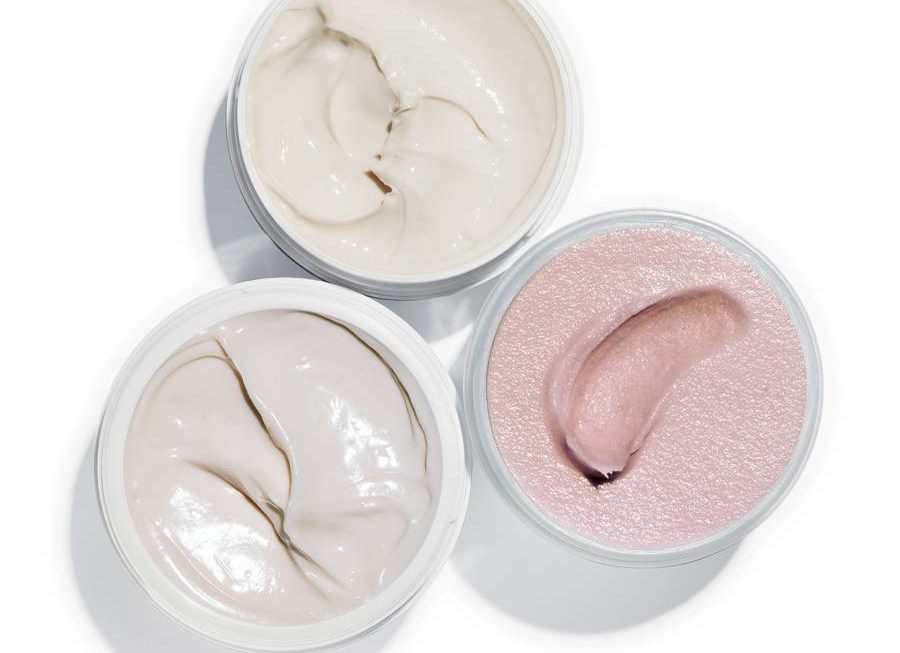To scrub or not to scrub – that is the question. We all know that exfoliation is the key to maintaining smooth, radiant skin, and yet, it’s a topic that inspires fervent debate. Some espouse the benefits of nearly-daily scrubbing, others swear by a chemical combination of fruit acids, and some will tell you that you must only do it once a week.
Indeed, exfoliation presents something of a Goldilocks problem for many. The sweet spot between being kind to your delicate skin barrier and still managing to slough off debris eludes many, and alarming expressions such as “micro-tears” being thrown around certainly doesn’t help.
How can you work out what’s right for you?
Working out how much exfoliation you need all comes down to understanding your skin type. “I think people often misunderstand their skin type and then get frustrated when they aren’t seeing results and so exfoliate even more and just exacerbate things,” warned Dr Ukeleghe. “You can have an oily skin type but really dehydrate it by exfoliating too harshly.”
If you think you’re oily, ask yourself the following questions: Do you need to blot throughout the day? Do you have enlarged pores and fairly regular breakouts? Do you need primer to make your make-up stay in place? If you do, then you may need more exfoliation than a dry skin type. On the other hand, dry and dehydrated skin is generally oil-poor, often looks matte and may go hand in hand with eczema or psoriasis. “If you have dry skin, it tends to be something you’ve been aware of most of your life,” added Dr Ukeleghe.
Oily skin can often withstand more vigorous exfoliation, both in terms of frequency and strength, but it’s still advisable to ease into a routine and give your skin time to acclimatise, rather than always searching out near medical-grade products. If your skin is more on the dry or sensitive side, Dr Ukeleghe’s advice was to stick to lactic acid or PHA-based exfoliants, and to consult with an expert before really cranking up the volume.



